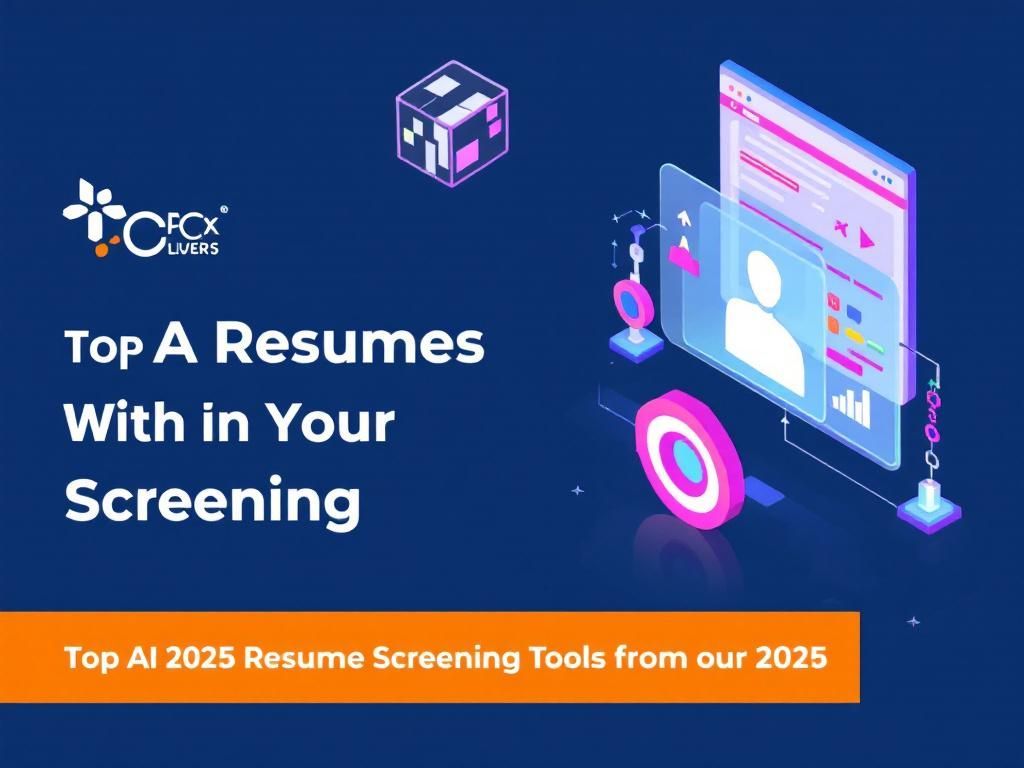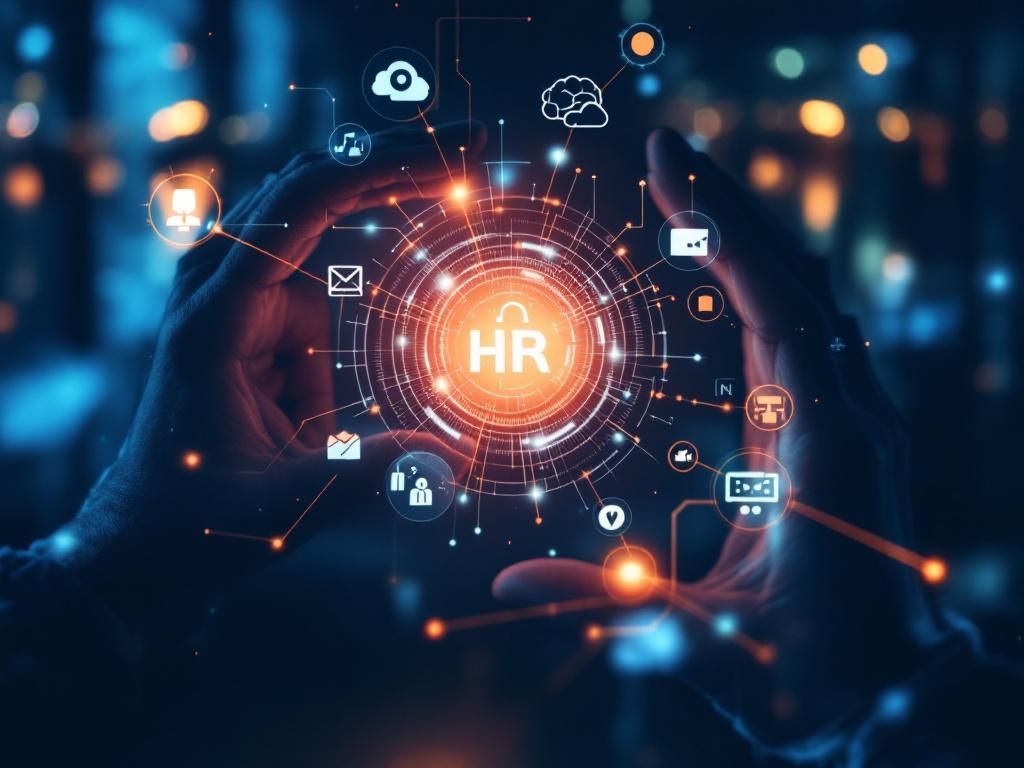In the fast-paced world of human resources, the need for efficiency and innovation has never been greater. Companies are continually seeking ways to streamline their processes and improve employee experiences, and one of the most significant areas ripe for transformation is onboarding. With the advent of AI-powered tools, organizations can now revolutionize how they introduce new hires to their roles, culture, and processes, leading to more engaged employees and reduced turnover rates.
Understanding AI in HR Onboarding
Artificial intelligence (AI) harnesses data and algorithms to simulate human intelligence, enabling systems to perform tasks that typically require human cognition. In the context of HR onboarding, AI can automate repetitive tasks, personalize experiences, and provide insights that enhance decision-making.
Key Applications of AI in Onboarding
- Chatbots: AI-driven chatbots can answer new employees’ questions in real-time, providing instant support and reducing the workload on HR professionals.
- Personalized Learning: AI tools can tailor training programs to meet individual needs based on skills and prior experience.
- Document Management: Automating the paperwork process ensures that all necessary documents are completed accurately and efficiently.
- Predictive Analytics: Analyzing data from previous onboarding experiences can help refine processes and predict future outcomes.
Benefits of AI-Powered Onboarding Tools
Integrating AI into onboarding can yield numerous advantages that improve both the efficiency of HR processes and the experience of new hires. Here are some of the key benefits:
1. Enhanced Efficiency
AI tools can automate mundane tasks, allowing HR staff to focus on strategic initiatives. For example:
- Processing paperwork and compliance checks can be automated to reduce manual errors.
- Chatbots can handle common inquiries, freeing up HR personnel for more complex issues.
2. Consistency in Training
AI ensures that all employees receive the same information and training, leading to a uniform onboarding experience. This is crucial for maintaining company culture and standards.
3. Data-Driven Insights
With AI, HR teams can access real-time analytics to understand the effectiveness of onboarding processes. This allows for continuous improvement based on data, rather than relying solely on anecdotal evidence.
Implementing AI Onboarding Tools
To successfully integrate AI-powered tools into your onboarding process, consider the following steps:
Step 1: Assess Your Current Onboarding Process
Before implementation, evaluate your existing onboarding procedures to identify areas that could benefit from automation or enhancement. Gathering feedback from recent hires can provide valuable insights.
Step 2: Research Available AI Tools
There are a variety of AI solutions on the market today. Key factors to consider in your research include:
- User-friendliness
- Integration capabilities with existing systems
- Scalability
- Vendor support
Step 3: Pilot Program
Before a full rollout, conduct a pilot program with a small group of new hires. This will allow you to test the tools in a controlled environment and make adjustments based on feedback.
Step 4: Full Implementation
Once the pilot program is complete and adjustments have been made, move forward with a company-wide implementation. Ensure that all HR personnel are trained in using the new tools effectively.
Overcoming Challenges
While the benefits of AI in onboarding are significant, there are also challenges to consider. Addressing these proactively will enhance the adoption process:
1. Resistance to Change
Employees may be resistant to new technologies. To combat this:
- Communicate the benefits clearly.
- Provide adequate training and support.
2. Data Privacy Concerns
AI systems often rely on data collection. Ensuring compliance with data protection regulations (such as GDPR) is essential to maintain trust.
3. Ensuring Human Touch
While automation enhances efficiency, maintaining a human connection during onboarding is vital. Balance AI tools with personal interactions to ensure new hires feel welcomed and valued.
Case Studies: Successful AI Onboarding Implementations
Several organizations have successfully integrated AI-powered onboarding tools, showcasing the potential of these technologies:
Company A: Tech Giant
This company implemented an AI-driven chatbot to answer FAQs for new hires. As a result, response times were reduced from hours to seconds, significantly improving the onboarding experience.
Company B: Global Retailer
By utilizing AI analytics, this retailer tailored their training programs to meet the specific needs of individual employees, leading to a 20% increase in employee retention during the first year.
Future Trends in AI Onboarding
As technology evolves, the future of AI in onboarding looks promising. Here are emerging trends to watch for:
1. Increased Personalization
Future AI tools will likely leverage machine learning to create even more personalized onboarding experiences tailored to the unique backgrounds and preferences of employees.
2. Virtual Reality (VR) Integration
VR technology could be incorporated into onboarding for immersive training experiences, allowing new hires to engage with simulated environments relevant to their roles.
3. Continuous Learning and Development
AI could enable ongoing support for employee development, not just during onboarding but throughout their careers, fostering a culture of continuous learning.
Conclusion
The integration of AI-powered onboarding tools is transforming the landscape of human resources. By harnessing the power of AI, companies can create more efficient, personalized, and engaging onboarding experiences. As organizations adopt these tools, they not only enhance their onboarding processes but also enrich the overall employee experience, paving the way for a more connected and productive workforce.
FAQ
What are AI-powered onboarding tools?
AI-powered onboarding tools are digital solutions that utilize artificial intelligence to streamline and enhance the employee onboarding process, making it more efficient and personalized.
How can AI improve the onboarding experience for new employees?
AI can improve the onboarding experience by providing personalized learning paths, automating administrative tasks, and facilitating real-time feedback, ensuring that new hires feel engaged and supported from day one.
What are the benefits of using AI in HR onboarding?
The benefits of using AI in HR onboarding include reduced time spent on manual tasks, improved employee retention rates, enhanced data analytics for better decision-making, and a more engaging experience for new hires.
Are AI-powered onboarding tools suitable for all sizes of businesses?
Yes, AI-powered onboarding tools can be tailored to fit the needs of businesses of all sizes, from startups to large enterprises, providing scalable solutions that enhance the onboarding process.
How do I choose the right AI-powered onboarding tool for my organization?
To choose the right AI-powered onboarding tool, consider factors such as ease of integration, user-friendliness, customization options, and the specific needs of your organization’s onboarding process.
What role does data security play in AI-powered onboarding tools?
Data security is crucial in AI-powered onboarding tools, as they handle sensitive employee information. It’s important to choose tools that comply with data protection regulations and implement robust security measures.




